Every String Tells a Story: Life According to Harvie S
Interview by Debbie Burke, jazz author
https://debbieburkeauthor.com/
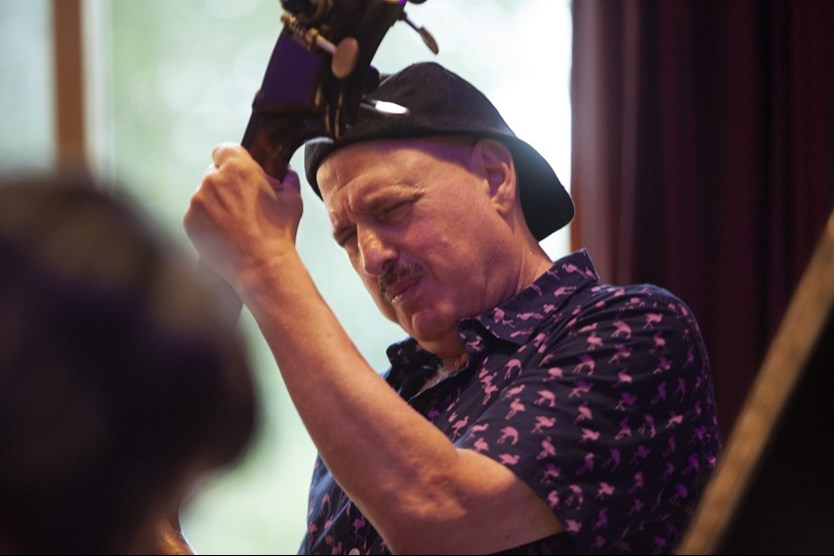
Bassist Harvie S has played with icons and keeps the groove hot and deep with fresh new music. His “Ten Duets” really let the basses talk, with Harvie playing so richly it sounds like he’s using a bow. The clarity of both instrumentalists defy relegation of the bass to the back of the stage and they crank it up past ten on “Bluzin in F.” This listener has never before heard chords played on a bass and Harvie serves it up just like that; he has fun when he plays, and it shows.
An observant and immersed storyteller, Harvie’s recounting below of the 1985 session with Miles Davis alumni Mike Stern, Alan Dawson and himself brings the vibe to life. Sometimes magic happens and you can capture that lightning in a bottle. Picture a bracing heart-racing “Soft, as in a Morning Sunrise” while the misty, cool “On Green Dolphin Street” shimmers, and the phrasing on “Moment’s Notice” morphs and molds to the whims of the trio while keeping true to its theme. A showing of superb mastery of changes with wild energy that is delicious in its parts and its totality, these songs became the CD “Going For It” (Savant).
Why and at what age did you start playing bass?
I was originally a “by ear” piano player and really didn’t know anything about the bass. I took out a bass from my high school and liked to fool around with it, and actually played in the school concert band for a short while. Of course, there was no teacher and no YouTube so I really didn’t know what I was doing, but I enjoyed it.
After high school I went to Berklee as a composition major with a piano minor. Mainly I went to school to avoid the draft at that time. Vietnam was definitely not where I wanted to be and I could stay out of the Army if I stayed in school.
While at Berklee, I decided to play bass more and I was able to get a cheap plywood for $125 and immediately started gigging, although not always the best gigs. I was able to support myself and started to be more serious on this instrument while still at school. At that time, Berklee really didn’t have much of a bass department (they do now) and I took some semesters with a teacher who had nothing to teach, so I went back to piano lessons until graduation.
I worked hard on the bass on my own. I took some outside classical lessons and it helped a bit. I was working six nights a week and would get back to my apartment at 2 in the morning. I woke up at 6 a.m. and practiced for a couple of hours, then went to school all day. Came back, found some food and went to my gig, then did it all over again. Sleeping four hours a night for months at a time took a toll on me, but I’m persistent. In my last year, I ended up getting in the recording band (the number one band at school) because George Mraz left. While he was there no one could touch him. He is still one of my most favorite bassists of all time. I had a rough start but I think I was always meant to play the bass.
What was your first reaction on hearing that the tapes from the ’85 session were available? What was your plan of action?
I was going up to Boston to play with Jerry Bergonzi and David Lee would be there recording. We would usually have a nice talk together and always end up reminiscing the gig with Mike Stern and Alan Dawson. He said it was the best gig he ever saw. One time I said, “It would be great if that gig was recorded.” He then said to me, “Oh, I have all three nights.” I almost fell down. He recorded on a high-end Sony cassette recorder with two microphones. Then the plan went into action.
I got the recording and talked to HighNote/Savant and they were up for it. I spent a year going over it and putting it together. I sent it to Mike. He loved it and felt this should be released. The rest is history.
What obstacles did you face with “Going For It”?
It was a lot of work going through 30 tunes and putting it together. There was noise in the club and some unruly people there. Let’s face it, drugs were prevailing in that audience. Sometimes the track was good but the cassette ran out and it wasn’t usable. I also had to do some editing or all the tracks would be too long. I did leave “Bruze” intact and it’s over 14 minutes of solid dynamite.
Why are you so happy to be with HighNote/Savant?
HighNote/Savant is a wonderful authentic jazz label originally built by Joe Fields and after his passing went into the capable hands of Barney Fields, his son. They care about the music and musicians and I am so lucky to have had releases with them. They are the best.
When you write, what comes to mind first: melody, the bass part, other?
Actually, I use a lot of different techniques when writing. Sometimes a bass line may inspire a melody and sometimes a melody will inspire a chord sequence. When I compose, I try to free my mind and let something else take over. I am not exactly sure what happens but I surrender to the feeling. I really don’t plan how I write. I trust the universe will take me where it will. I’m not a technical person, I work on feeling and inspiration.
What kind of atmosphere or activity do you find most inspires you when you write?
Good question. Sometimes an interesting conversation, an article in a magazine, the news, some kind of recording, past remembrance…all can set the tone for composing. Hard to say exactly what will get me going.
Wish I knew. I just go with the spirit. There is always something there. I just have to find it.
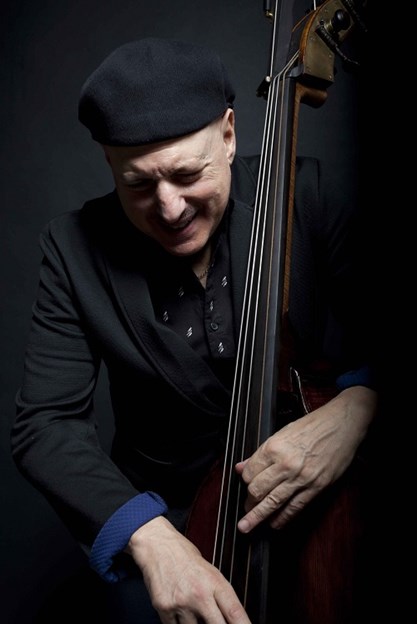
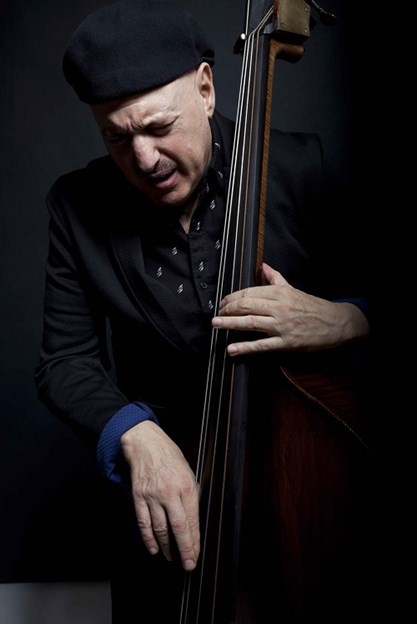
Favorite bass solos?
I was originally a “by ear” piano player. I was from a family not into the arts and not with a lot of money, I had a real crappy stereo so I never could hear the bass. I had very little interest in the bass at first.
Then I got the Bill Evans record “Waltz for Debby” and I could hear the bass on that recording. It transfixed me and changed how I heard jazz.
I realized that being a bass player was very special and you could be in a supportive role, a soloist, and an interactive presence. So much to think about. So, yes, Scott LaFaro’s solos blew me away and still do. He was technically brilliant, innovative and sometimes funky.
There are many soloists I can acknowledge: Oscar Pettiford, Jimmy Garrison, Tommy Williams, Jimmy Blanton, Slam Stewart, Gary Peacock, Steve Swallow, Cachao. This is a short list and hard to pick out solos so I mentioned some soloists I like but lest we not forget the more famous like Ray Brown, Charlie Haden and Charles Mingus. All so important and great.
You write bass duets. Are they divided as melody and harmony or as counterpoint?
I think this explains the concept and how to use it, from my instruction:
This series of duets fill a niche for intermediate to advanced bassists and are designed to help develop time, intonation, bass lines, solo concepts, reading, styles and technique.
As long as I have been playing the bass, I have always been looking for contemporary material that is designed specifically for the four-string bass (acoustic or bass guitar). I always end up using music written for other instruments and adapting to it. This prompted me to start writing challenging music for the contemporary bassist. This program will help you compete with the best build your confidence.
Of course the real fun is when you get together with another bassist or musician and jam.
Here are some ideas of how to make the most out of these pieces.
1. Learn the top and/or bottom as written.
2. Practice along with the tracks. Use the recorded top part and play along with the bottom part and vice versa
3. Listen to the part you are playing and also listen to the other part equally. this will develop your ears.
Name some of your favorite collaborations and who would you most like to play with that you have not yet?
I have been lucky to have had so many interesting collaborations in my career. I chose early on not to just look for the highest-paying gig or the biggest name. I looked for the music that made my soul feel good.
I was a co-founder and co-leader of the band Double Image. That was a great band and the music especially on the first recording of “Enja” still holds up. We talked about “Going For it” with Mike Stern, but we did a lot of recordings together before. “In a Different Light,” “Urban Earth,” “Smart Moves,” “High Standards,” “Live at the 55” and “Is What It Is.”
I was a member of the Steve Kuhn band (we made many recordings together on ECM and he recorded many of my songs), and that eventually led to my association with vocalist Sheila Jordan. We worked as a duo of bass and voice for 14 years. Sheila and I also made many recordings with Kenny Barron and Ben Riley.
Since 2014 I have been a member of the Alan Broadbent Trio. Our third recording also on HighNote/Savant has just been mixed and should be out spring of 2022 with the amazing Billy Mintz on drums.
I am also collaborating a lot with guitarist Roni Ben Hur. We co-led a CD on Jazzheads Records called “Introspection.” We have another in the can and will release it also in the spring. It was recorded in my apartment. Roni and I work together on many projects and before COVID we were doing tours and hope to continue again touring soon.
I have over the last six years been doing gigs and concerts with Jerry Bergonzi who I have known since my teen years. We play regularly.
I am so thankful for all the great musicians I have been able to know and work with and continue to do so. I feel so blessed.
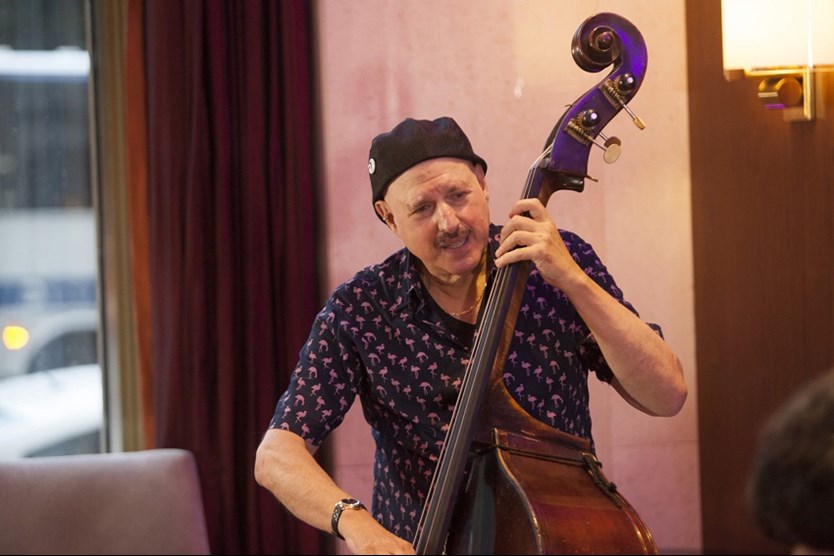
What was your first large-venue or event performance like and what did you learn from it?
I am not exactly sure what it was, but in my early days when we had “Double Image” we did many of the major festivals all over the world with huge crowds and large venues. I realized that you should play like you are in a small room and it will come across well to the large audience. Don’t try to play to the back row. Does that make sense? I think it does. Be natural as much as possible.
Do you feel that new small clubs will open in the future or has the lockdown changed the music scene in a permanent way?
I definitely feel more small and large jazz clubs will be created as well as the ones that survived such as Small’s, Village Vanguard, Mezzrow and Birdland. Let’s face it, life will probably never be the same, but music and art will still continue as long as there are people on this earth. Already a lot of new small venues are emerging in NY as we speak. Art and self-expression are such strong human needs.
How would you characterize the way you’ve developed after decades of playing and recording?
Interesting thought. I hope I have gotten better (ha!). Actually, I have learned so much and I am always trying to improve on all points. It’s a never-ending saga, that’s for sure.
Although I am known as an acoustic bassist, I have done a lot of bass guitar work over the years and still pick it up and use it for gigs and recording. Speaking of recording, I have to say that I’ve been very unhappy with the sound of many of the recordings I have done. Because of that, I’ve been doing some recording of my own, trying to capture the sound that got me into this music. I started with a trio recording of the Alan Broadbent Trio called “New York Notes” on HighNote/Savant then a follow-up called “Trio in Motion.” Both of the recordings got great reviews and were on the Jazz Week charts over three months and we have had over a 1.5 million listens on Spotify.
All the recording I do are live with no headphones and no booths. This is the best way jazz should be recorded, as far as I’m concerned. I still make a lot of sideman recordings in the usual way and when I do I try to be at the mixing. As a result, people have been asking me to help mix their recordings and I LOVE DOING IT. I can eliminate a lot of problems that way. Sorry to say it, but I have heard so many recordings destroyed by a less-than-advantageous mix. I hear it all the time from other musicians.
I recorded the new Roberta Piket CD, George Nazos’ CD, “In Trio,” Roni Ben-Hur’s and an unfinished James Weidman recording and I started the mixes. I also mixed the last three studio recordings of Andrea Brachfeld’s CDs and I’m proud of those mixes.
It’s definitely a new and exciting chapter in my life.
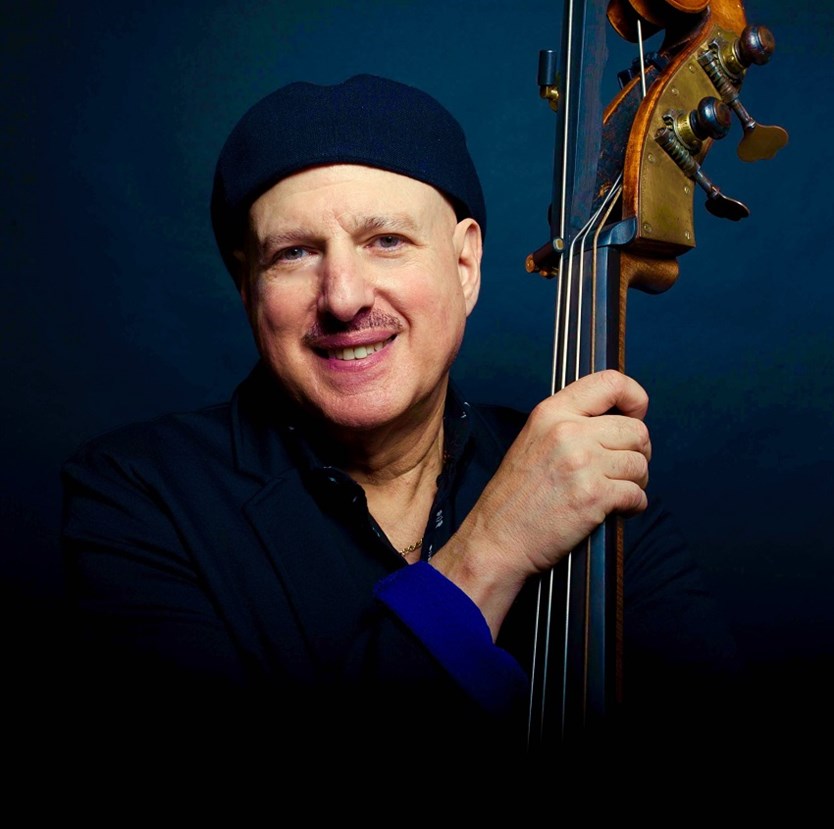
Plans for the rest of this year/2022?
Of course, COVID changed things a lot, but during lockdown I practiced classical bass and worked on a lot of music and did some of those recordings as well as a bunch of livestreams. I also stepped up my bike riding which is one of my passions that keeps me going.
Now things are opening up and I have been doing a lot of projects and performances. I recently went to Boston to play with Jerry Bergonzi, who recently played at the Detroit Jazz Festival. We will continue with more things together and have some other concerts coming up.
Of course working with Alan Broadbent trio and the wonderful Billy Mintz on Drums. I have many gigs coming up with Sheila Jordan with Alan Broadbent and also a another project with Sheila and Roni Ben-Hur. We will be recording both projects. One was recorded live at Small’s and for the other I will do the recording honors. I am excited about that to say the least.
Roni Ben-Hur and I will release our new collaborative CD with Sylvia Cuenca on drums which was recorded in my apartment.
A few years back I had a duo with guitarist Sheryl Bailey called “Plucky Strum.” We had a wonderful duo and we did two really nice CDs. Sheryl is in Boston now, but she asked me to play on her new quartet CD in January and to do some gigs also. Looking forward to that.
I also want to talk about the Upshot bass amp that I invented with Acoustic Image. It’s a whole new concept in sound production and portability. The whole thing fits in a backpack and weighs about 13 pounds. The speaker faces up so you hear yourself and the drummer hears you as well. It doesn’t sound like an amp; it just sounds acoustic. The good news also is everyone in the room hears the bass perfectly. It took seven years to convince the company to make this amp which is now their biggest seller. The owner Rick Jones said to me, “Sometime I am going to sit you down and explain how this can’t work. But it does.” We had a good laugh about that.
Anyway I love music and love all the amazing people I meet. I love being able to do so many other things in music such as composing, producing, recording, mixing, teaching and of course playing and hanging with great musicians. I am very thankful to be able to continue to create.
Interview © Debbie Burke, jazz author (October 2021) - photo’s © Nick Carter
https://debbieburkeauthor.com/
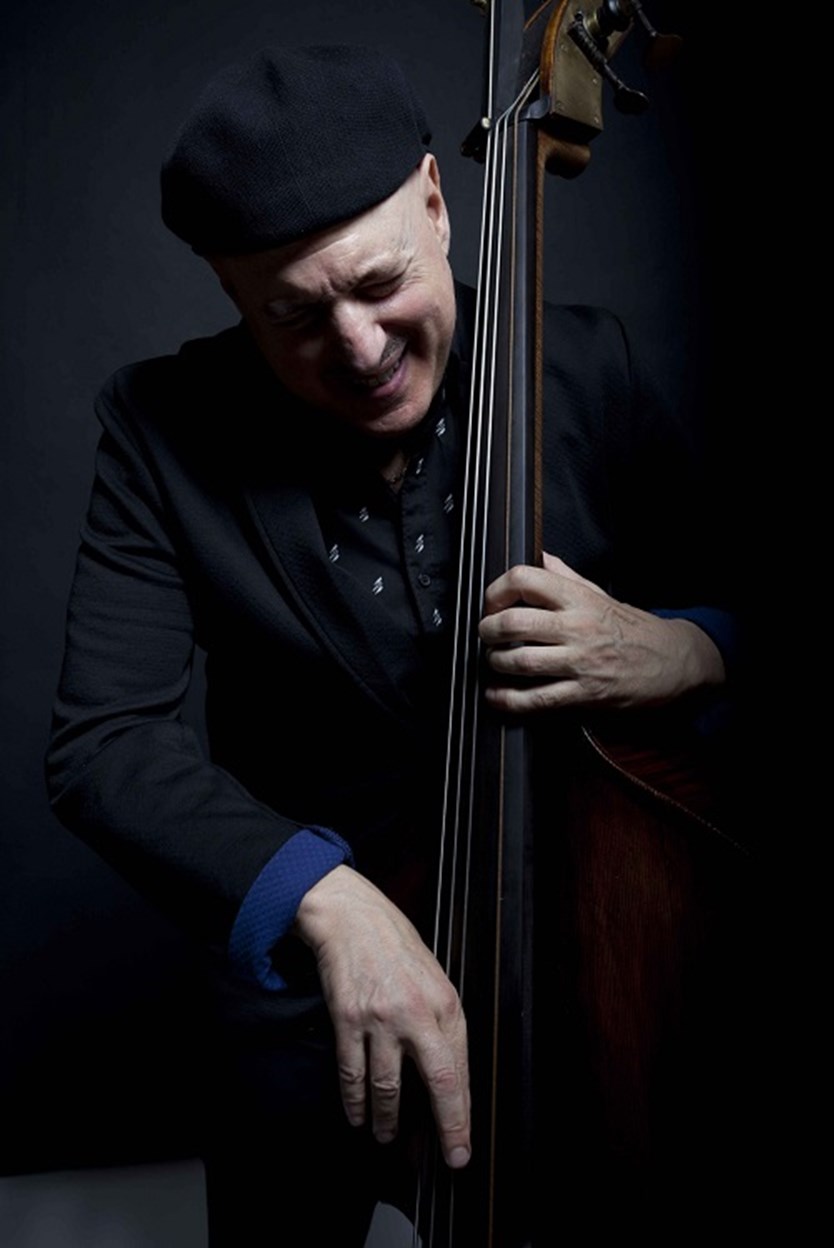
For more information visit https://harvies.com
Other
In case you LIKE us, please click here:
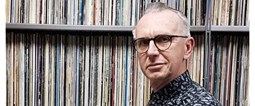
Foto © Leentje Arnouts
"WAGON JAZZ"
cycle d’interviews réalisées
par Georges Tonla Briquet

our partners:
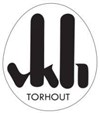
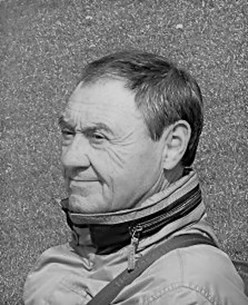
Silvère Mansis
(10.9.1944 - 22.4.2018)
foto © Dirck Brysse
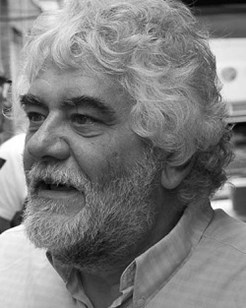
Rik Bevernage
(19.4.1954 - 6.3.2018)
foto © Stefe Jiroflée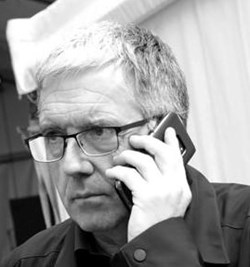
Philippe Schoonbrood
(24.5.1957-30.5.2020)
foto © Dominique Houcmant
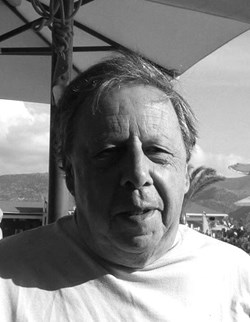
Claude Loxhay
(18/02/1947 – 02/11/2023)
foto © Marie Gilon
Special thanks to our photographers:
Petra Beckers
Ron Beenen
Annie Boedt
Klaas Boelen
Henning Bolte
Serge Braem
Cedric Craps
Christian Deblanc
Philippe De Cleen
Paul De Cloedt
Cindy De Kuyper
Koen Deleu
Ferdinand Dupuis-Panther
Anne Fishburn
Federico Garcia
Robert Hansenne
Serge Heimlich
Dominique Houcmant
Stefe Jiroflée
Herman Klaassen
Philippe Klein
Jos L. Knaepen
Tom Leentjes
Hugo Lefèvre
Jacky Lepage
Olivier Lestoquoit
Eric Malfait
Simas Martinonis
Nina Contini Melis
Anne Panther
Jean-Jacques Pussiau
Arnold Reyngoudt
Jean Schoubs
Willy Schuyten
Frank Tafuri
Jean-Pierre Tillaert
Tom Vanbesien
Jef Vandebroek
Geert Vandepoele
Guy Van de Poel
Cees van de Ven
Donata van de Ven
Harry van Kesteren
Geert Vanoverschelde
Roger Vantilt
Patrick Van Vlerken
Marie-Anne Ver Eecke
Karine Vergauwen
Frank Verlinden
Jan Vernieuwe
Anders Vranken
Didier Wagner
and to our writers:
Mischa Andriessen
Robin Arends
Marleen Arnouts
Werner Barth
José Bedeur
Henning Bolte
Erik Carrette
Danny De Bock
Denis Desassis
Pierre Dulieu
Ferdinand Dupuis-Panther
Federico Garcia
Paul Godderis
Stephen Godsall
Jean-Pierre Goffin
Claudy Jalet
Bernard Lefèvre
Mathilde Löffler
Claude Loxhay
Ieva Pakalniškytė
Anne Panther
Etienne Payen
Jacques Prouvost
Yves « JB » Tassin
Herman te Loo
Eric Therer
Georges Tonla Briquet
Henri Vandenberghe
Iwein Van Malderen
Jan Van Stichel
Olivier Verhelst



